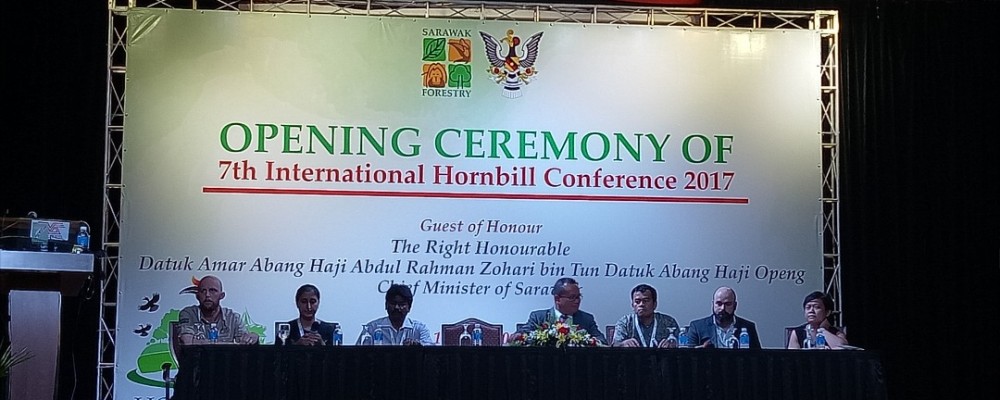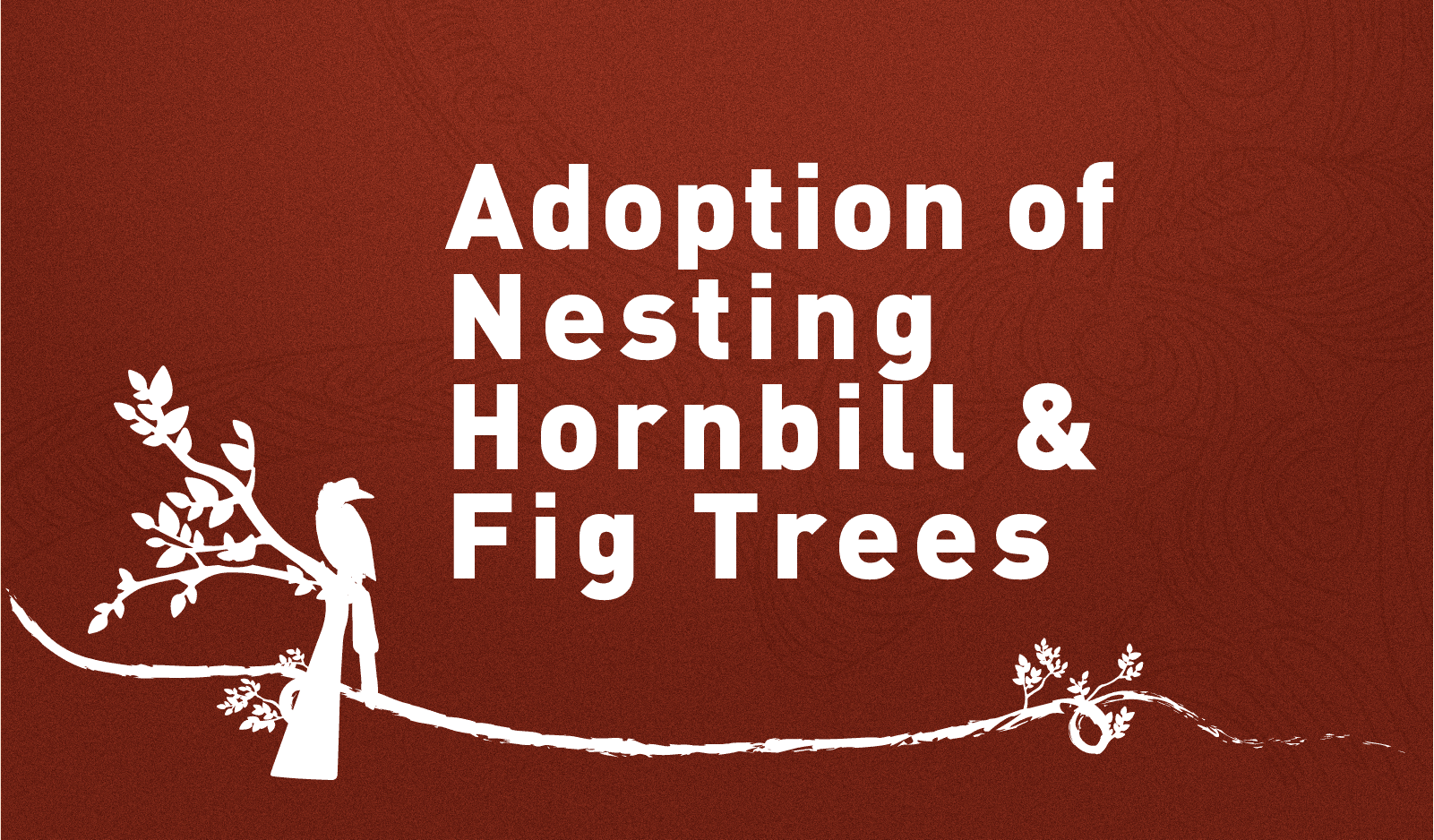
Already six times this world hornbill conference was held but only this seventh Indonesian team sent more than three people. The Indonesian team this time consisted of six participants representing academics, students, NGOs, and companies.
The 7th International Hornbill Conference was held in Kuching, Sarawak on May 16-18, 2017. The conference was a collaboration between Sarawak Forestry and University Malaysia Sarawak with the theme Hornbills, Fly Free, Fly High. This conference certainly carries a heavier burden. Especially due to the increased status of the Ivory Hornbill (Rhinolax vigil), the hornbill has tufted ivory to be Critically Endangered from the previous Near Threatened.
The election of Sarawak to become the venue for the conference was already established long after the 6th conference in Manila Philippines. Sarawak is one of the Malaysian states on the island of Borneo (Borneo). Neighbor and share culture with Indonesia through a mixture of Malay and Dayak cultures. This state introduces itself as "the land of hornbills" or "Kenyalang Earth" with rhinoceros hornbill as a symbol. No half-hearted, once we move away from the international airport to the city, we can already see this rhinoceros hornbill statue on the side of the overpass. And not half-hearted, the souvenirs are dominated by the hornbill with the characteristic reddish yellow tassels sticking up, without misidentification. The magical aura of hornbill which is considered a god for Dayak people in Sarawak is directly written on dance, costume, and dance accessories. However, the use of hornbill feathers in dance and costume accessories has begun to turn into faux fur. This at least shows government intervention in hornbill exploitation.
This hornbill conference included 4 discussion sessions, hornbill conservation status, biology and hornbill breeding, habitat fragmentation and connectivity, as well as the importance of hornbills in ecosystems, culture, tourism and awareness. With the main distribution in Asia, especially Southeast Asia, this session is an illustration of the problems facing the Southeast Asian hornbill. In research hornbills and conservation actions, Thailand, which has long been commanded by Prof. Pilai Poonswad and India are far superior. The Thai government even has a DNA forensic laboratory for wildlife law enforcement.
How about Indonesia? The Indonesian team's presentation represented the lack of standardization of hornbill monitoring, hornbills in modified habitats such as oil palm plantations and species approaches, especially in Golden Julang (Rhyticeros undulatus) which included population status at Gunung Ungaran and information on genetic variability. How should we represent Indonesia? Spots on how hornbills use modified habitats like palm oil should make us all look in the mirror. Understanding of natural history of hornbills is very important with an understanding of methods, analysis, and interpretation of data is very important. Hornbills are a species away from disturbed forests. Utilization of modified habitat must be seen as an interim habitat utilization and not vice versa because incorrect interpretations can provide misleading information. However, the Indonesian team is the only one who presented how hornbills use modified habitat. The role of High Conservation Value (HCV) in forest areas must be more explored by also seeing how better forest management modification. Natural habitats remain the main habitat for hornbills because in natural habitats it is the main source of availability of nests and natural food sources as a major determinant of the survival of hornbill populations.
Indonesia is an archipelago. With 13 types of hornbills spread across various islands, this shows that habitat, climate and environmental conditions can give a touch to population dynamics and hornbill behavior. The Golden Julang in Ungaran, may show different dynamics with the Golden Julang in West Bali although the nature of this bird as an explorer is the same.
Indonesia and several other Southeast Asian countries with power except Thailand, seem to be still limping in their research and conservation actions. Indonesia's excellence is the lack of foreign researchers who have been taken over by Indonesian researchers. However, the role of the government must be greater in hornbill conservation, especially ivory hornbills. Indonesia's success in fighting for the ivory hornbill into a decision and resolution on the CITES COP 17 years ago must absolutely be followed by the government's seriousness in conservation of ivory hornbills in the field, so that researchers and conservationists do not move alone. In addition, let's also learn from our neighboring countries that are very closely related to the values ??and symbols of pride by learning and maintaining hornbills so they can keep flying to maintain the balance of the forest ecosystem.
Let's recognize our hornbills!







